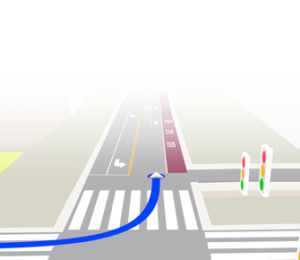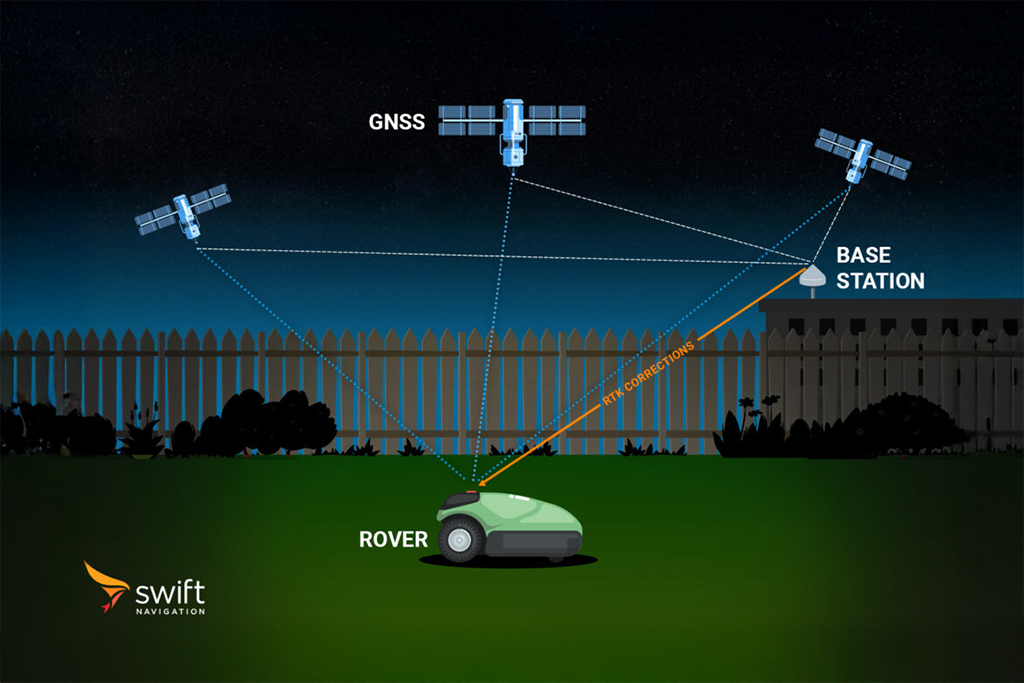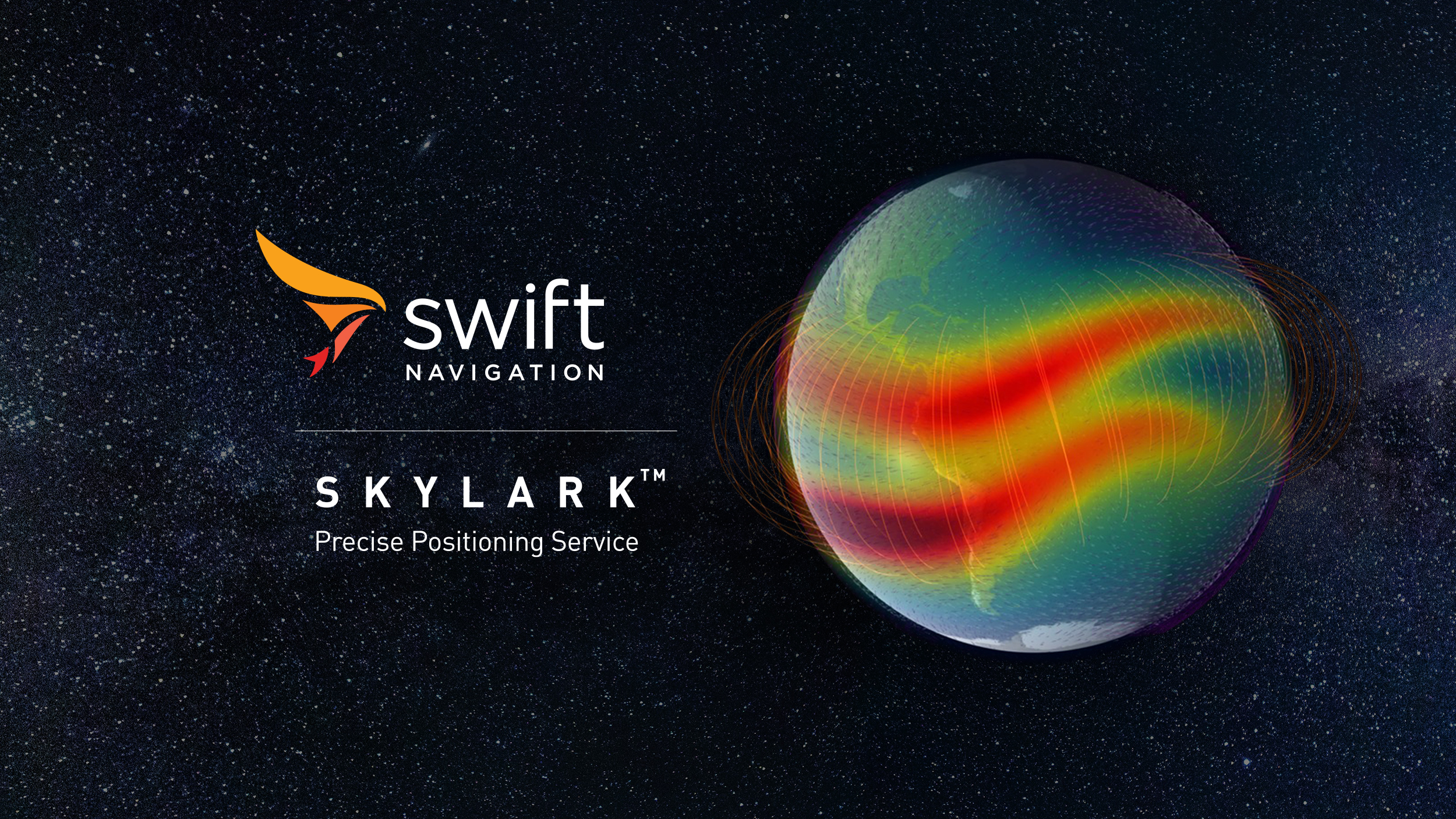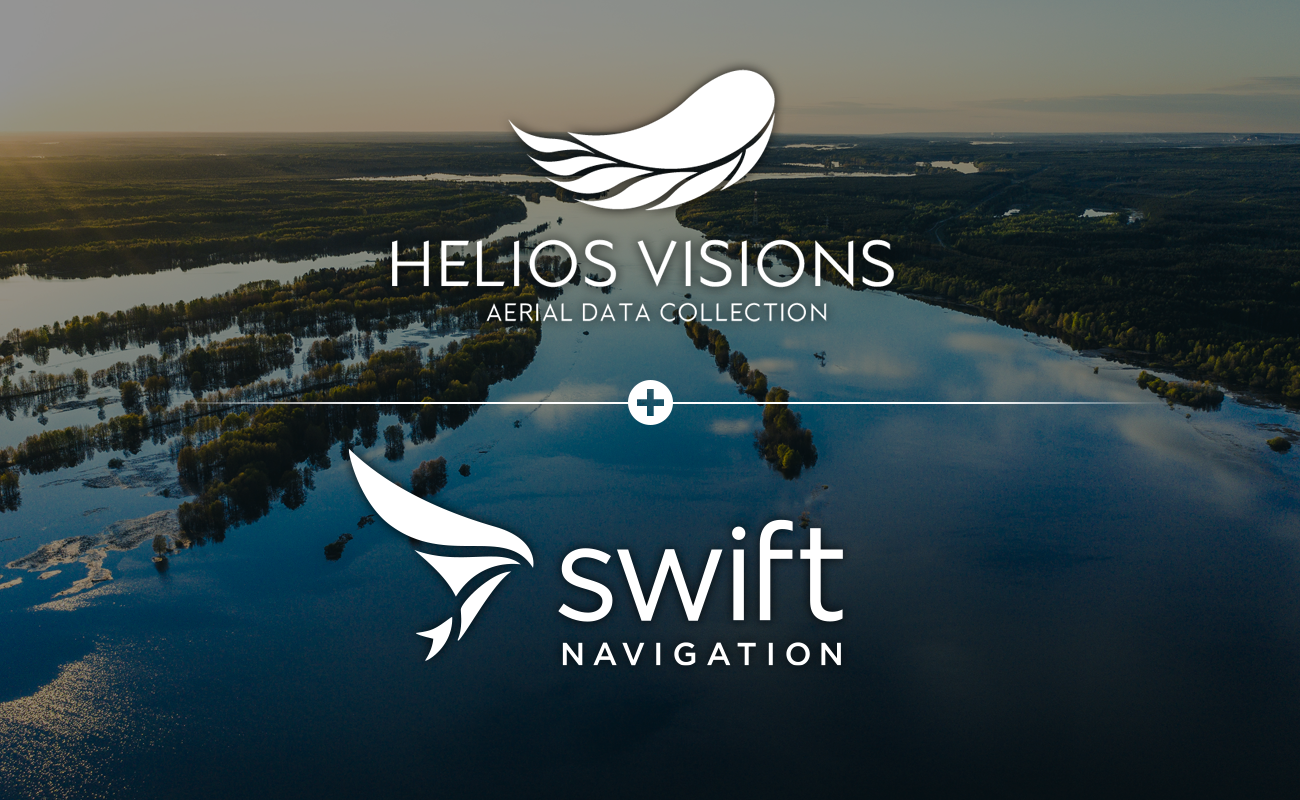What is Multi-Constellation GNSS?
Multi-constellation GNSS refers to the use of signals from multiple global and regional navigation satellite systems to determine position, velocity, and precise time. Instead of relying on a single satellite system, multi-constellation GNSS combines data from several constellations to improve coverage, accuracy, and reliability of positioning solutions. This approach has become critical for modern navigation, especially in challenging environments where single-constellation GNSS may struggle.
Key Global and Regional GNSS Constellations
The major global navigation satellite systems include:
GPS (Global Positioning System) – United States
Galileo – European Union
BeiDou – China
GLONASS (Global Navigation Satellite System) – Russia
Regional systems supplement global coverage and enhance multi-constellation performance:
Each constellation consists of satellites orbiting the Earth and transmitting precise timing and positioning signals. Multi-constellation GNSS integrates these signals, increasing the number of satellites available for positioning at any given time, which significantly improves accuracy and reliability.
How Multi-Constellation GNSS Works
Multi-constellation GNSS works by combining signals from different satellite systems to calculate a user’s position more accurately than single-constellation solutions. Each satellite broadcasts its position and precise time. A multi-constellation system cross-references these signals, which:
Improves positional accuracy by using more satellites and diverse geometries.
Increases reliability by maintaining positioning even if one constellation’s signals are blocked or unavailable.
Reduces convergence time for initial position fixes, which is critical for dynamic or mobile applications.
This is particularly valuable in environments where satellite signals can be obstructed, such as urban canyons, tunnels, dense forests, or mountainous regions. For instance, a GPS-only system might see 8 satellites in an urban setting, while a multi-constellation GNSS setup could access 20 or more, ensuring continuous and precise navigation.
Advantages of Multi-Constellation GNSS
Multi-constellation GNSS offers several key benefits over single-constellation systems:
Higher satellite visibility: More satellites improve geometric diversity and positioning precision.
Enhanced reliability: Reduces dependency on any single system, mitigating the risk of signal loss or outages.
Faster and more stable fixes: Multi-constellation and multi-frequency systems achieve quicker initial positions and maintain more stable tracking.
Resilience to interference and obstructions: Combines signals across constellations and frequencies to minimize multipath errors and environmental disruptions.
Applications of Multi-Constellation GNSS
The advantages of multi-constellation GNSS are critical for applications requiring high-precision, continuous, and reliable positioning:
Autonomous vehicles: Ensures safe navigation in urban and complex road environments.
Drones and UAVs: Supports accurate flight paths, surveying, and mapping.
Surveying and GIS mapping: Provides centimeter-level accuracy for geospatial data collection.
Robotic automation: Enhances mining, agriculture, logistics, and construction operations.
Maritime and aviation navigation: Ensures robust navigation in remote or obstructed locations.
Modern GNSS receivers often combine multi-constellation and multi-frequency (multi-band) capabilities, further improving performance by mitigating interference, multipath errors, and signal blockages. Together, these advancements allow both consumer and industrial applications to achieve reliable, precise, and rapid positioning, making multi-constellation GNSS a foundation for today’s navigation, mapping, and timing technologies.
Related Content
GNSS Basics

Devon Sharp

Marwan Ramadan

Marwan Ramadan

Devon Sharp

Devon Sharp

Marwan Ramadan

Devon Sharp

Marwan Ramadan
GIS

Devon Sharp

























